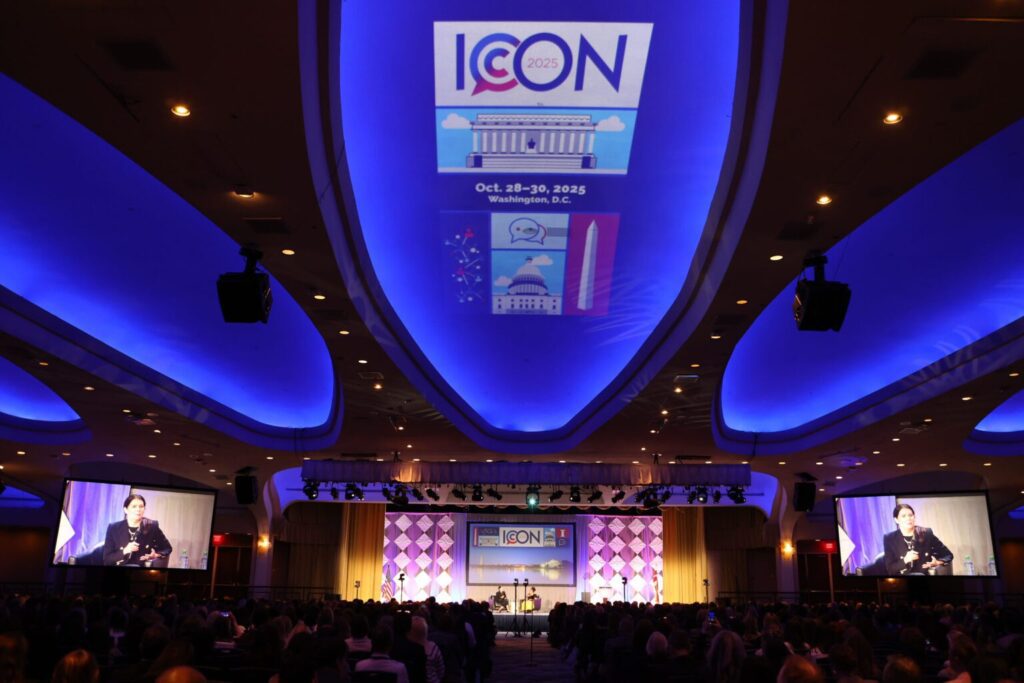Last week, the Federal Communications Commission released a report that showed big growth for broadband subscriptions in 2005. At the beginning of 2005, there were 37.9 million broadband enabled homes in the U.S. That figure grew 12% to 42.4 million U.S. homes during the first half of 2005. During the second half of 2005 this number grew even faster to 50.2 million homes, an 18% jump for the second half alone.
For the entire year of 2005, high-speed lines reached 33% more U.S. homes than they did at the beginning of the year.
These positive numbers for the broadband industry are yet another harbinger of dial-up services’ nearing demise, as Americans continue to ditch slow speeds for faster ones.
According to the FCC, almost 43 million of the 50.2 million broadband connections in the U.S. as of December 31, 2005, were dedicated to residential subscribers, which translates into almost 86%.
Cable modem connections make up the majority of high-speed connections with about 51% of the pie as of year-end 2005. DSL lines trailed behind with a 41% share, though the FCC pointed out that this was the first time since it began tracking this data that DSL growth was faster than cable modem growth.
The report also indicated that 99% of residents in the U.S. reside in 99% of the ZIP code areas that have at least one high-speed access provider.
The FCC defines broadband connections to be those that transfer data at least 200 kilobits per second in at least one direction.
Other recent studies confirm the notion that Americans are flocking to broadband connections at a very fast pace. Nielsen//NetRatings, for instance, says that 72% of American Internet users currently log on using broadband connections, a huge jump from the 57% of users using high-speed connections last year.
Sources:
http://publications.mediapost.com/index.cfm?
fuseaction=Articles.showArticleHomePage&art_
aid=46101
http://www.njtelecomupdate.com/lenya/telco/
live/tb-SZSF1154027187578.html



